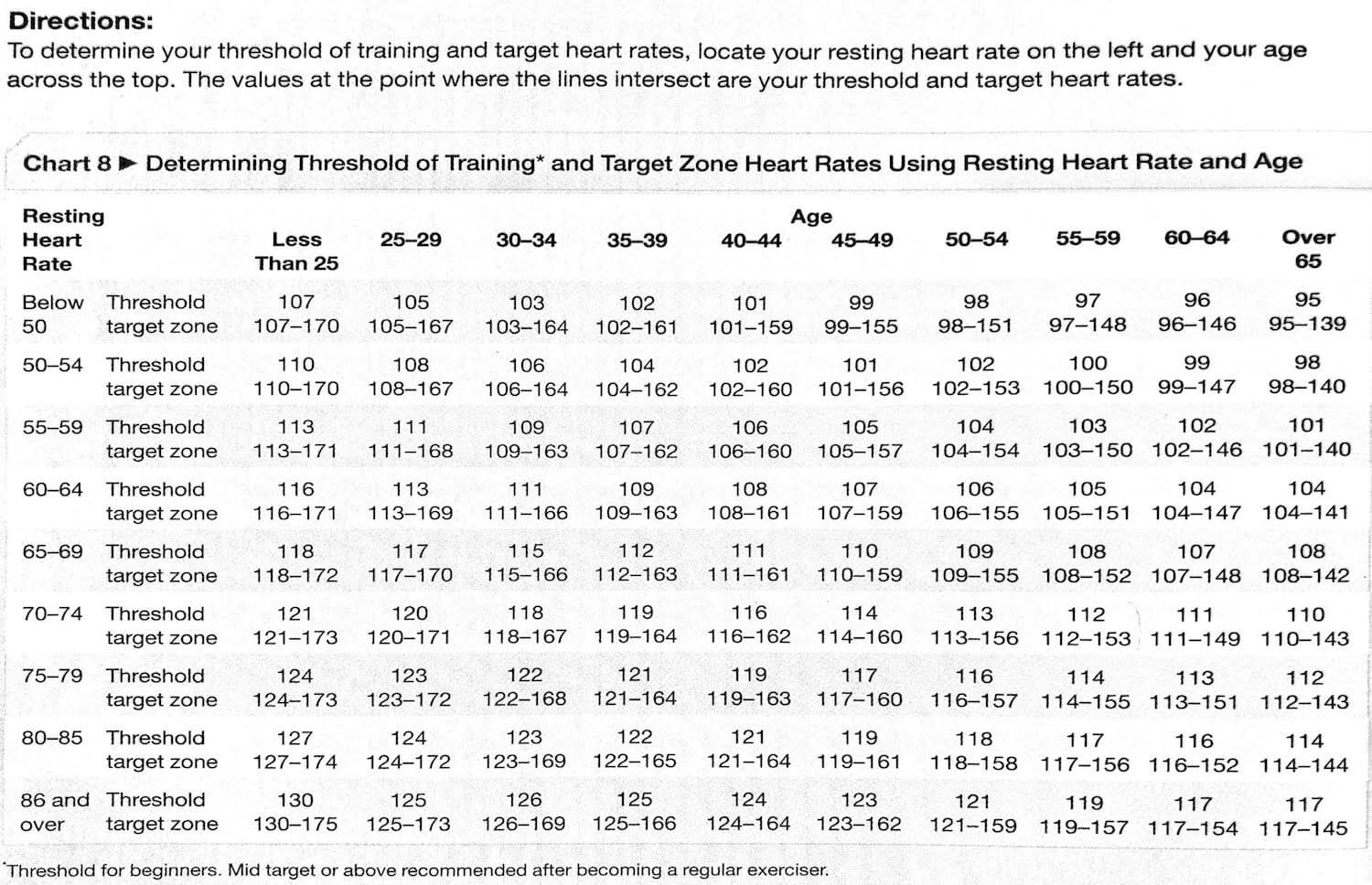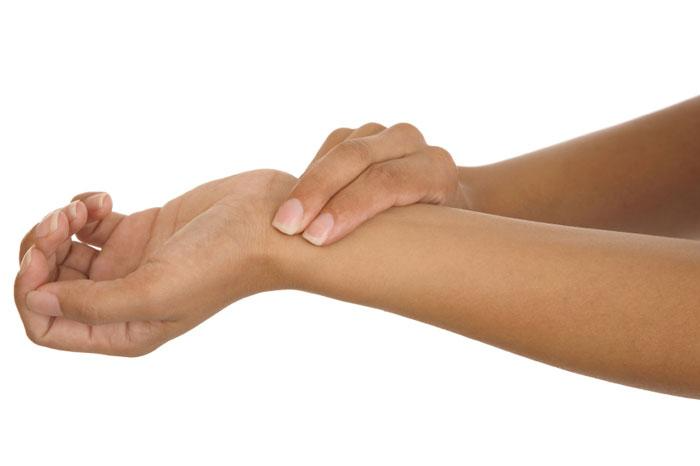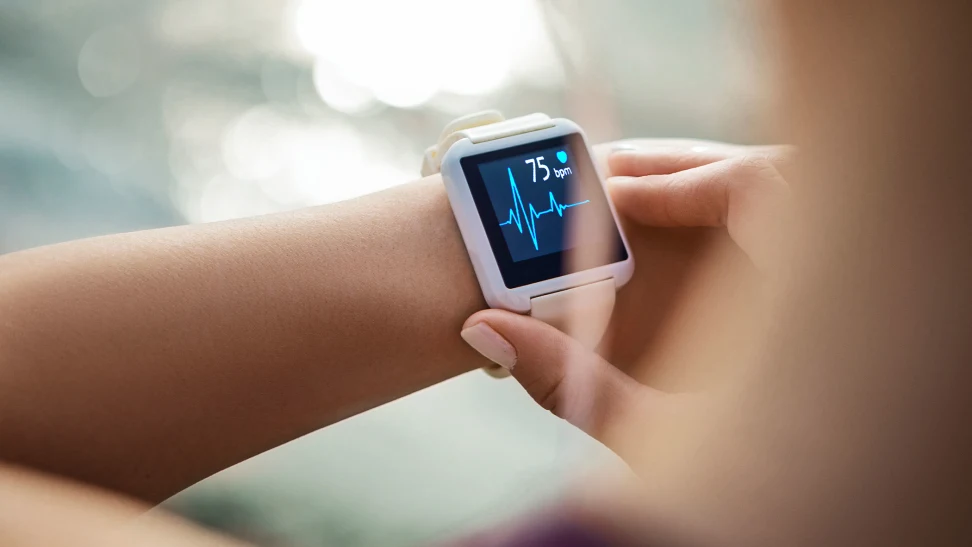Understanding Normal Heartbeat while Walking
Walking is a versatile and accessible exercise that provides numerous health benefits. From boosting cardiovascular fitness to reducing stress levels, it offers a holistic approach to well-being. As we engage in physical activity, our heart rate naturally increases to meet the body's oxygen demands. In this article, we will explore the normal heartbeat range while walking, factors that influence it, and the significance of monitoring heart rate during this exercise for overall health.
The Average Heartbeat Range during Walking
Determining the average heart rate during walking involves considering several factors such as age, fitness level, and exercise intensity. According to the American Heart Association, adults should aim for a target heart rate between 50% and 70% of their maximum heart rate during moderate-intensity activities like brisk walking. For most adults, this translates to a heart rate range of approximately 85 to 115 beats per minute (BPM).

Factors Influencing Heartbeat during Walking
Numerous factors influence heart rate during walking. Understanding these factors can shed light on individual variations and help optimize the exercise experience.
Fitness Level: Physical fitness plays a pivotal role in heart rate regulation. Well-conditioned individuals typically have a lower resting heart rate and a more efficient cardiovascular system. Consequently, their heart rate during walking tends to be lower compared to individuals with lower fitness levels.
Age: Age also affects heart rate response during exercise. Generally, younger individuals have a higher heart rate during physical activity compared to older individuals. However, it's important to note that heart rate norms can vary within each age group.
Exercise Intensity: The intensity of walking directly impacts heart rate. Walking at a brisk pace elevates heart rate more than a leisurely stroll. Additionally, walking uphill or on an inclined surface further increases heart rate due to the additional effort required.
Environmental Factors: External elements such as temperature and humidity can influence heart rate during exercise. In hot and humid conditions, the heart rate may be higher as the body works harder to cool itself down.
Significance of Monitoring Heartbeat during Walking
Monitoring heart rate during walking is crucial for individuals aiming to optimize their health and fitness levels. Here are some reasons why tracking heart rate during walking holds immense significance:
Fitness Assessment: Heart rate serves as an essential indicator of fitness level. By monitoring heart rate during walking over time, individuals can assess their cardiovascular fitness progress and make appropriate adjustments to their exercise routine.
Safety and Intensity Control: Monitoring heart rate during walking helps individuals maintain a safe and appropriate exercise intensity. By staying within the target heart rate range, individuals can avoid overexertion or underexertion, reducing the risk of injuries and maximizing the benefits of walking.
Weight Management: Walking is a popular exercise choice for weight management. Monitoring heart rate during walking ensures individuals are within the optimal heart rate zone for effective calorie burn, supporting weight loss or maintenance goals.
Cardiovascular Health: Regular walking promotes improved cardiovascular health. Monitoring heart rate during walking helps individuals engage in the appropriate level of activity that supports heart health, reducing the risk of cardiovascular diseases such as heart attacks and strokes.
Here are a few Tips for Monitoring Heartbeat during Walking
To accurately monitor heart rate while walking, consider the following tips:
Use a Heart Rate Monitor: Utilize wearable fitness devices, such as heart rate monitors or smartwatches, for real-time heart rate data. These devices can be worn on the wrist or chest, providing a convenient and accurate way to track heart rate during exercise.

Check Pulse Manually: If you don't have access to a heart rate monitor, you can manually check your pulse. Place two fingers (index and middle fingers) on the wrist, just below the base of the thumb, or on the side of the neck. Count the number of beats you feel within a 15-second interval and multiply by four to calculate the heart rate per minute.

Be Consistent: Monitor your heart rate consistently during walking sessions to establish patterns and trends. This will help you understand your individual response to exercise and determine if any adjustments to your routine are necessary.

Warm Up and Cool Down: Before and after walking, it is important to allocate time for a proper warm-up and cool-down. This gradual transition into and out of exercise helps prepare the cardiovascular system and minimizes sudden spikes or drops in heart rate.

Note External Factors: Take note of external factors that may influence your heart rate while walking. Extreme weather conditions, medications, caffeine intake, and stress levels can all impact heart rate. Being aware of these factors can provide additional insights into your heart rate response.

Listen to Your Body: Pay attention to how you feel during your walking sessions. If you experience chest pain, dizziness, or excessive shortness of breath, it is important to stop and seek medical attention. While monitoring heart rate is helpful, it is equally important to listen to your body's cues and prioritize your safety and well-being.

Understanding the normal heartbeat range during walking allows individuals to optimize their exercise routine and overall health. By monitoring heart rate and staying within the recommended target zone, individuals can assess their fitness level, control exercise intensity, manage weight effectively, and promote cardiovascular health. Whether through wearable heart rate monitors or manual pulse checks, consistent tracking and awareness of heart rate during walking provide valuable insights for a safer and more effective exercise experience. Remember to consult with a healthcare professional for personalized guidance based on your specific health needs. So, lace up your shoes, monitor your heart rate, and enjoy the benefits of walking for a healthier and happier life.









